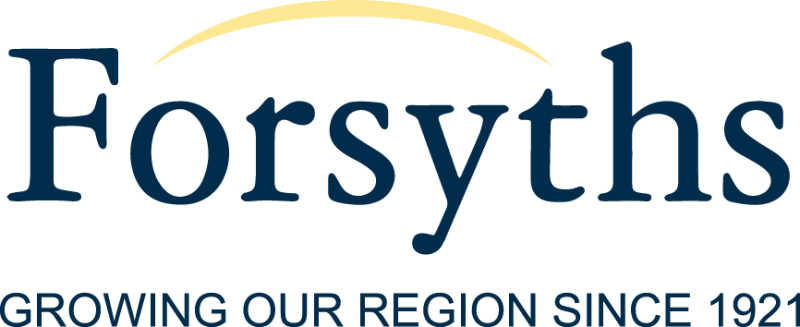
What are the types of super funds you can contribute to?
With the total superannuation sector worth more than $3.5 trillion at the end of March 2023, superannuation is serious business. There are many types of superannuation funds available but sometimes having too many to choose from can be confusing. However, picking the right fund is important as it could impact how much you may have to retire on in the future. This article provides a brief summary of the five main types of funds and highlights the differences between each fund.
1. Retail funds
- Retail funds are generally run by banks and other financial institutions and are open to all members.
- Individuals who seek advice from a financial adviser will usually be advised to invest in a retail fund via an administrative platform, which often has a wide range of investment options to choose from.
- Most retail funds range from medium to high cost, however many retail funds now offer a low-cost alternative called a ‘MySuper’ fund, which is a simple account that has basic features.
- Retail funds are run for-profit, which means the company running the fund retains some profit.
- Retail funds generally offer accumulation and pension accounts.
2. Industry funds
- Although originally set up for workers in specific industries (such as healthcare, hospitality, building and construction, etc.), most industry super funds are open for anyone to join.
- There are pre-mixed investment options designed to suit most members’ needs, however some funds allow members to create their own investment mix from a range of investment options.
- Industry funds generally range from low to medium cost, and most offer MySuper
- They are run only to profit their members, which means profits are put back into the fund for the benefit of members.
- Most funds offer accumulation and pension accounts.
3. Public sector funds
- These funds operate specifically for government employees, however some are now open to anyone to join.
- Some employers contribute more than the legislated minimum superannuation guarantee (currently 10.5% in 2022/23) to these funds.
- Public sector funds usually have a limited to modest range of investment options.
- These funds generally have low fees and some offer MySuper products.
- Profits are put back into the fund.
- Newer members are usually in an accumulation fund, whereas older members are often in defined benefit funds.
4. Corporate funds
- Corporate funds are set up by an employer for their employees. Typically, large companies, such as Telstra and Qantas, will have their own fund for their own employees.
- Some funds operate by appointing a board of trustees to represent the employer, the employees and to oversee the investment of the fund.
- Smaller corporate funds may operate under the umbrella of a large retail or industry super fund.
- Those managed by a larger fund may offer a wider range of investment options.
- Corporate funds are generally low to medium cost for large corporates but may be high cost for smaller employers.
- Corporate funds run by the employer or an industry fund will usually return all profits to members, whereas those run by retail funds will retain some profits.
- Most are accumulation funds, but some older funds may be defined benefit funds.
5. Self-managed super funds (SMSFs)
- As the name suggests, an SMSF is a fund that you manage yourself. You can have up to a maximum of six members in your fund, in most cases family members; however sometimes people who are in business together may set up their own SMSF.
- SMSFs offer a wider range of investment options compared to other superannuation funds. With some limited exceptions, an SMSF can invest in almost anything provided the investment is allowed for under the trust deed and the fund’s investment strategy, the investment meets the sole purpose test, and also adheres to the superannuation laws.
- All members must be trustees (or directors if there is a corporate trustee) and are responsible for all decisions made regarding the fund.
- There is no minimum start-up amount but setup costs and annual running expenses can be high, depending on your superannuation balance and whether you use administration and other services. That said, recent research* found that an appropriate start-up threshold is $200,000, as SMSFs with balances of $200,000 or more provide equivalent value to retail and industry funds. However, SMSFs with balances below $200,000 are likely to achieve considerably lower net investment returns compared with funds with balances of $200,000 or more.
- SMSFs can have both accumulation and pension accounts for members of the fund.



